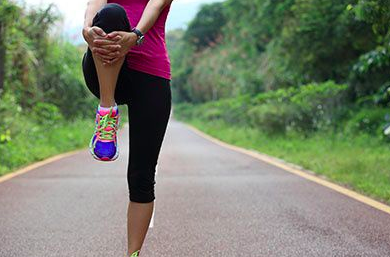Here at Perform Podiatry, we treat a lot of foot and leg pain. It’s our speciality! And while orthotics are a very important component of the treatment plan, there are other components too – namely stretching and strengthening, as well as having the right footwear during your recovery.
Because we’ve recently seen a few patients who had either been given advice by a professional or read online some pretty crazy advice about stretching when you have foot or leg pain, we thought we’d set the record straight with some statements we’ve heard. We’ve put together some true/false statements that may turn what you think about stretching upside down, or just completely confirm everything that you already know. Here we go…
FALSE: You should start stretching from the moment you sustain an injury.
TRUTH: You should start stretching and strengthening once your initial painful symptoms settle, some healing/repair has occurred and you’re on the path to recovery.
The reality is that if you’ve got a damaged, swollen and painful tissue that has recently sustained an injury and you go and try to stretch it straight away, it’s going to be very painful and may potentially further damage the vulnerable tissue. That’s why you wait until the initial symptoms have settled and you’ve begun the treatment plan.
FALSE: You should spend as much time stretching as you can, doing over 100 repetitions a day as the goal.
TRUTH: You should ease into stretching and strengthening, starting off slow and mild and gradually increasing to 10-15 minutes a day.
We recently had a patient tell us that she was instructed to do 100+ single limb raises (which means going up to the toes on one foot while having the other off the ground) for her painful plantar fasciitis and to say we were shocked is an understatement. Stretching and strengthening following an injury must be a gradual process, to gently begin lengthening and strengthening the tissues and returning their function while being very careful not to cause further damage or overdo it. It’s just like running a marathon – you don’t begin by jumping into a 42km run – you start with a slow couple of km’s and work your way up.
FALSE: You should keep doing stretches, even if they’re painful.
TRUTH: You should feel a tightness when you’re stretching, but never pain. If you feel pain, stop immediately.
Pain is our body’s way of letting us know that something is wrong. LISTEN to your body. It’s completely normal to feel a ‘tightness’ when you begin stretching a muscle or tendon that isn’t used to being stretched, but if you feel pain instead, it means you’re pulling on a damaged site and potentially causing more harm than good. When the damaged tissue has recovered enough to withstand some stress and stretching, then begin again.
FALSE: Stretching and strengthening alone will fix your foot injury.
TRUTH: Stretching and strengthening will assist your recovery from your foot injury AND can reduce the risk of future re-injury.
Any treatment must address the various causes of the injury. If the wait you walk combined with your footwear and an increase in physical activity has resulted in an injury, then stretching and strengthening alone won’t help you fix the problem. That’s because when you start getting active again in the same shoes and with the same gait, you’ll strain the same muscles again and the pain will return. However! If the way you walk has also resulted in some tight calf muscles that contributed to the development of your problem, then stretching them will definitely help, especially with reducing the risk of the injury happening again in the future.
Regardless of the cause of your foot or leg pain, our team have years of biomechanical experience to get the best outcomes for you – and keep the pain gone! We never just look at your symptoms but get to the root of the problem to make sure you recover well and the problem doesn’t return. For more information or to book an appointment, you can give us a call on
09 523 2333 or
book online here. 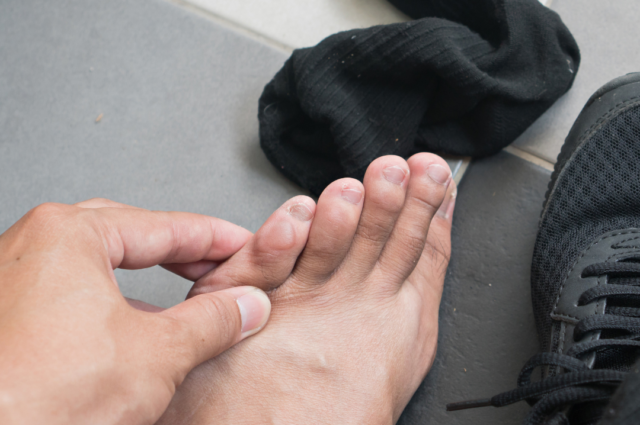
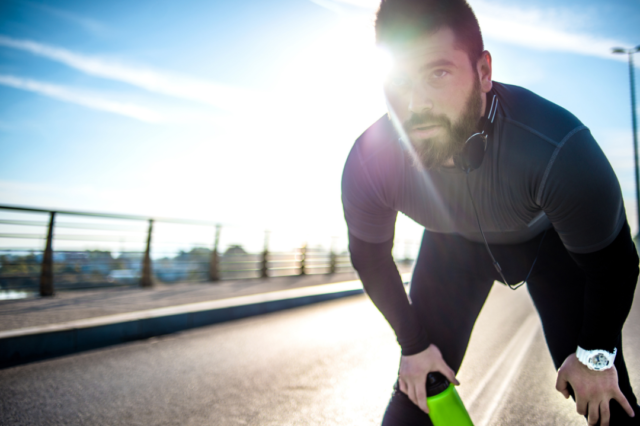

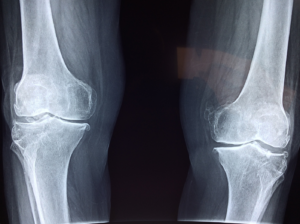 Learning that you have fragile bones can be concerning, and for many, leave them with a lot of questions:
Learning that you have fragile bones can be concerning, and for many, leave them with a lot of questions:


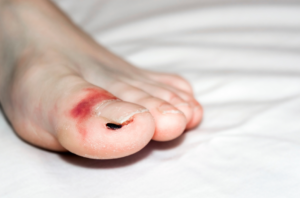 Yes, you should. Every toe bone break is different – some are more severe than others, and there are special considerations based on which toe you’ve broken and what kind of a break it is, as well as your physical health and medical conditions.
Yes, you should. Every toe bone break is different – some are more severe than others, and there are special considerations based on which toe you’ve broken and what kind of a break it is, as well as your physical health and medical conditions. 
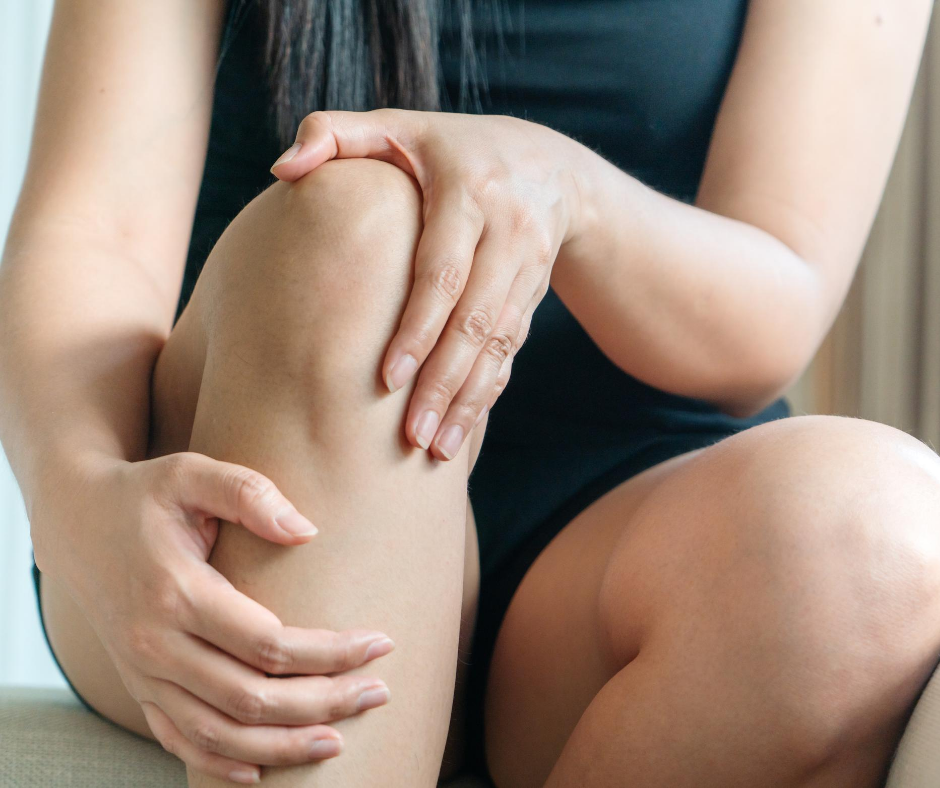
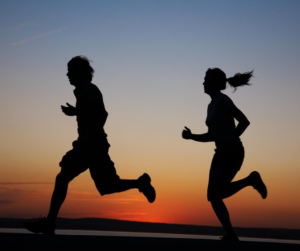 Examining the research and statistics, looking at
Examining the research and statistics, looking at  Anatomical differences have also been shown in studies to make women more susceptible to injury than men when performing the same activities
Anatomical differences have also been shown in studies to make women more susceptible to injury than men when performing the same activities